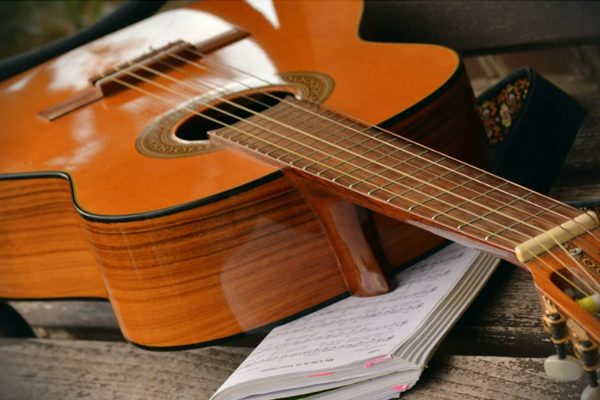Suspended Harmony Essential Sus Chords
Suspended chords create some of the most beautiful and emotionally stirring moments in music by replacing the traditional major or minor third with either a second or fourth interval, leaving the harmony "suspended" in musical tension that begs for resolution. Unlike major and minor chords that feel complete and settled, sus chords create an sense of anticipation and movement that makes them invaluable for songwriting and arrangement. This collection introduces you to the most practical sus2 and sus4 chord shapes, focusing on forms that work seamlessly with the open chords you already know. These eight essential suspended chords will add sophisticated harmonic color to your playing while teaching you how chord extensions and alterations function in real musical contexts. The beauty of sus chords lies in their versatility—they can substitute for major or minor chords in progressions, creating instant sophistication without requiring advanced technique.
Ready to customize Guitar Assistant for your skill-level and personal preferences?
